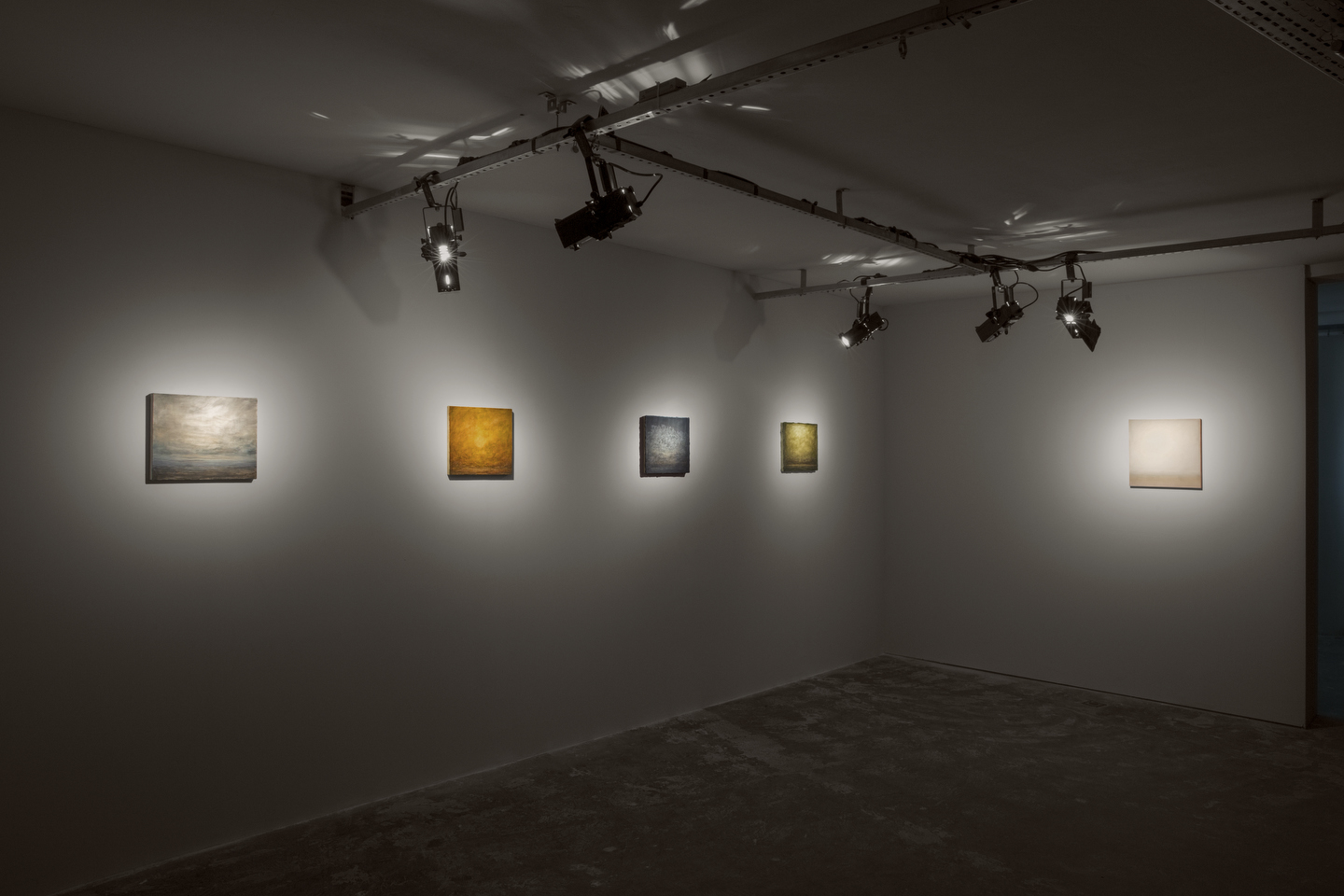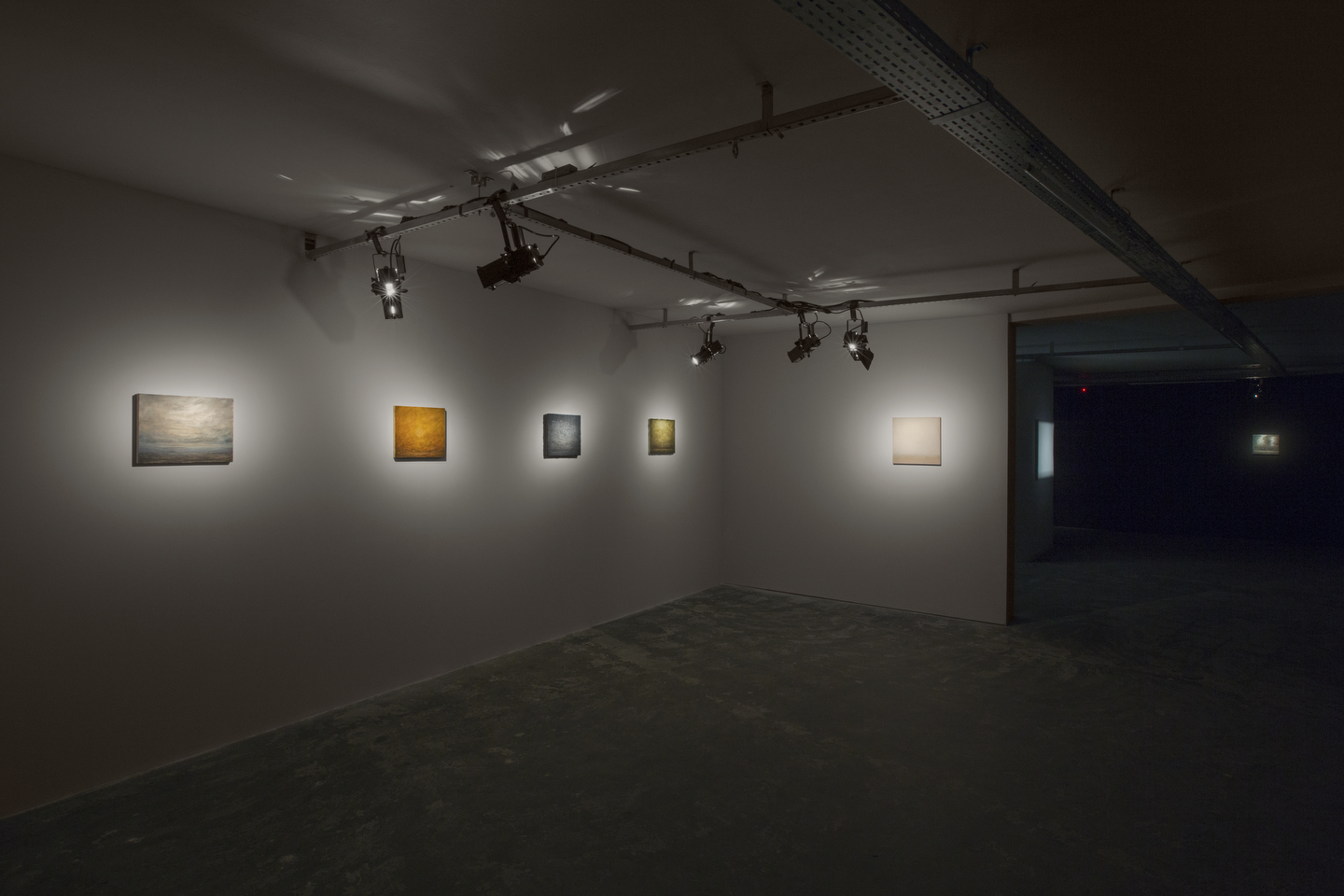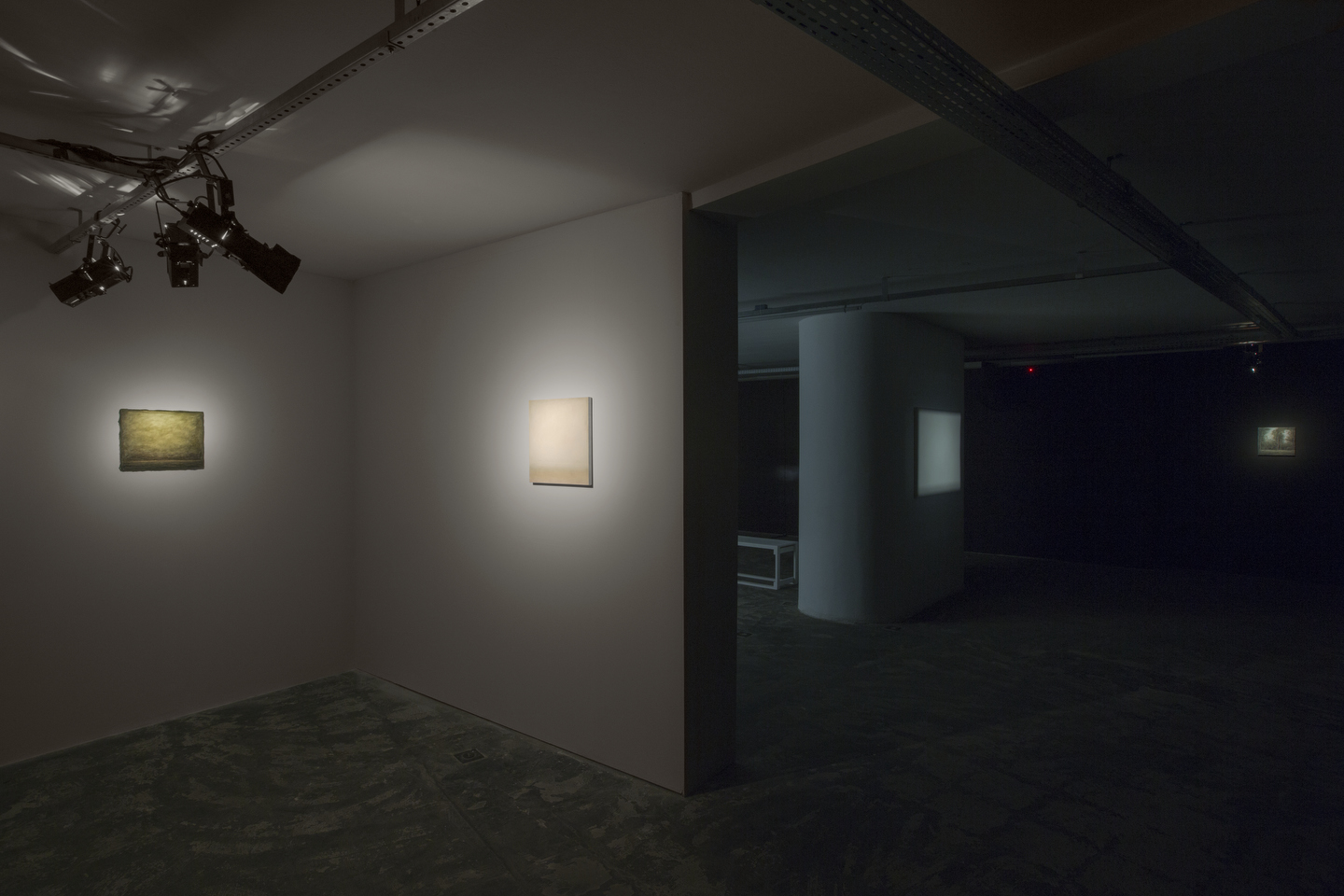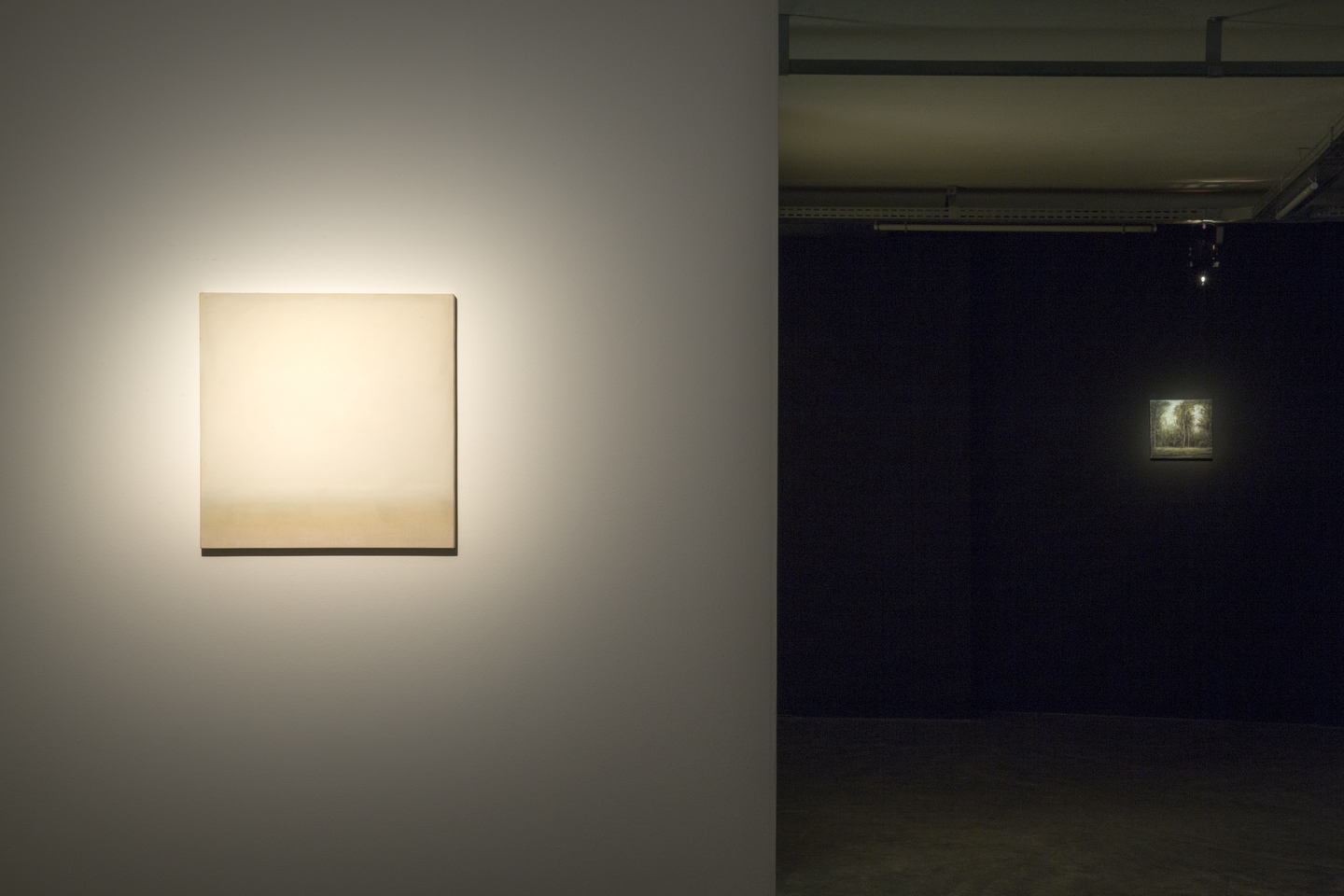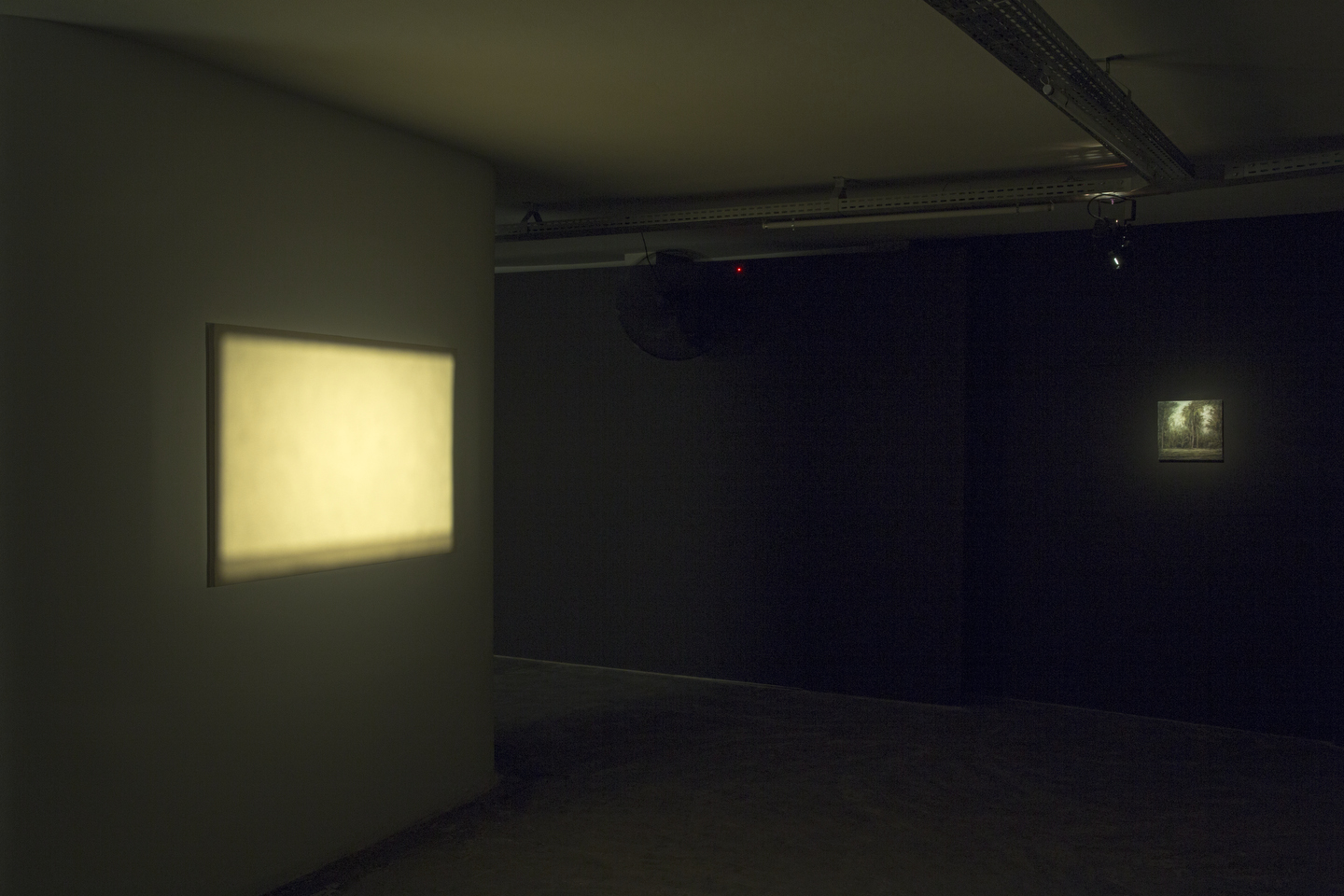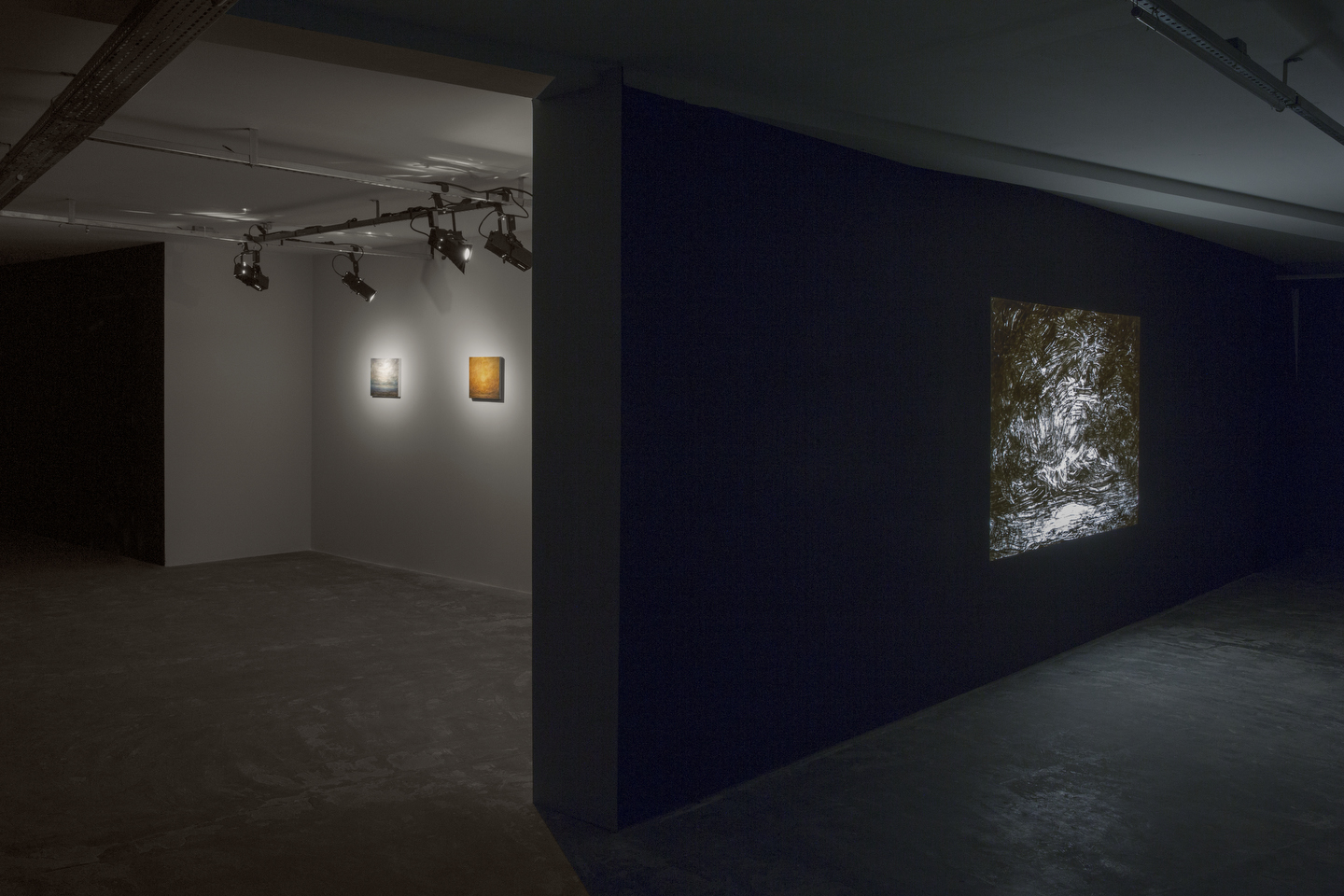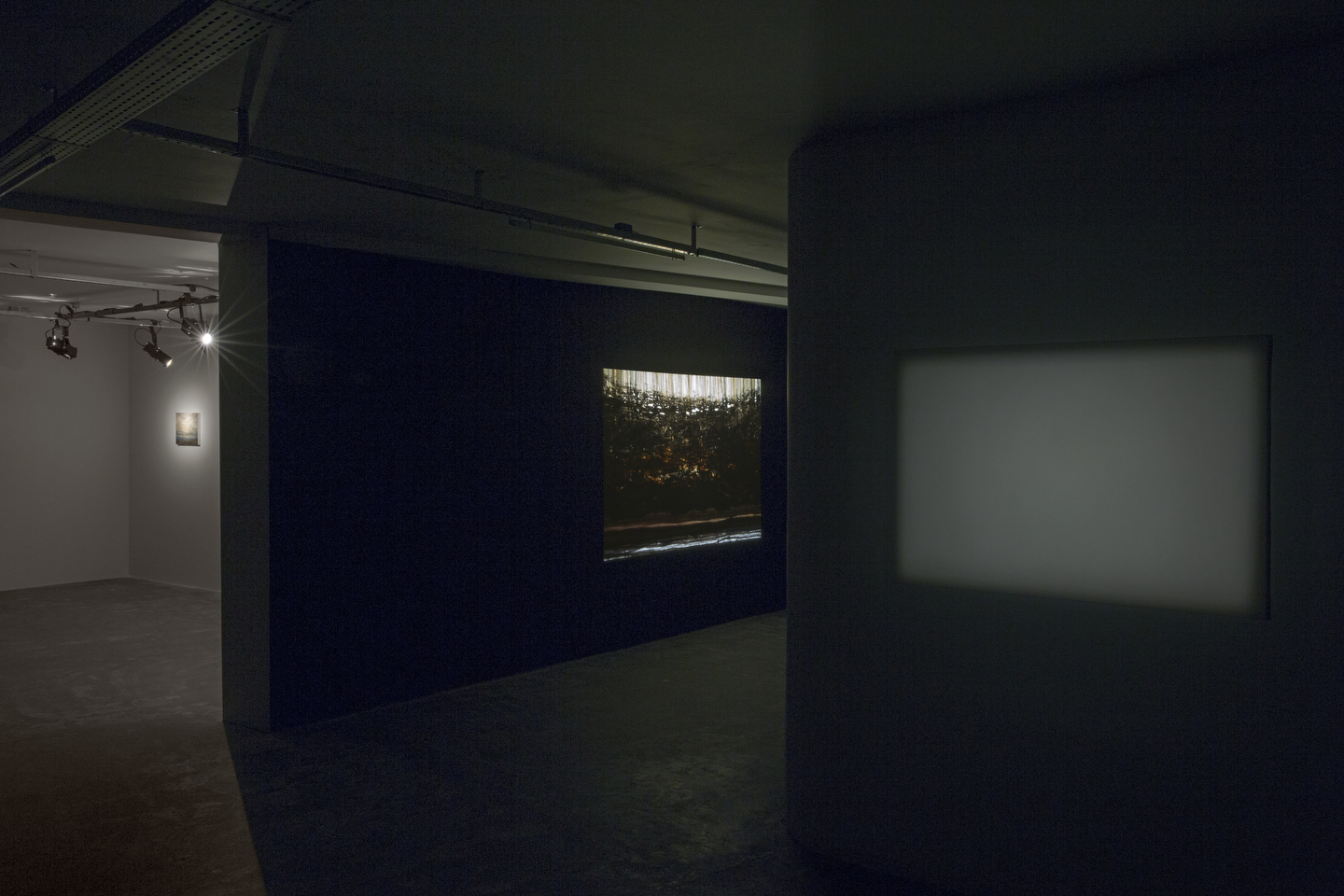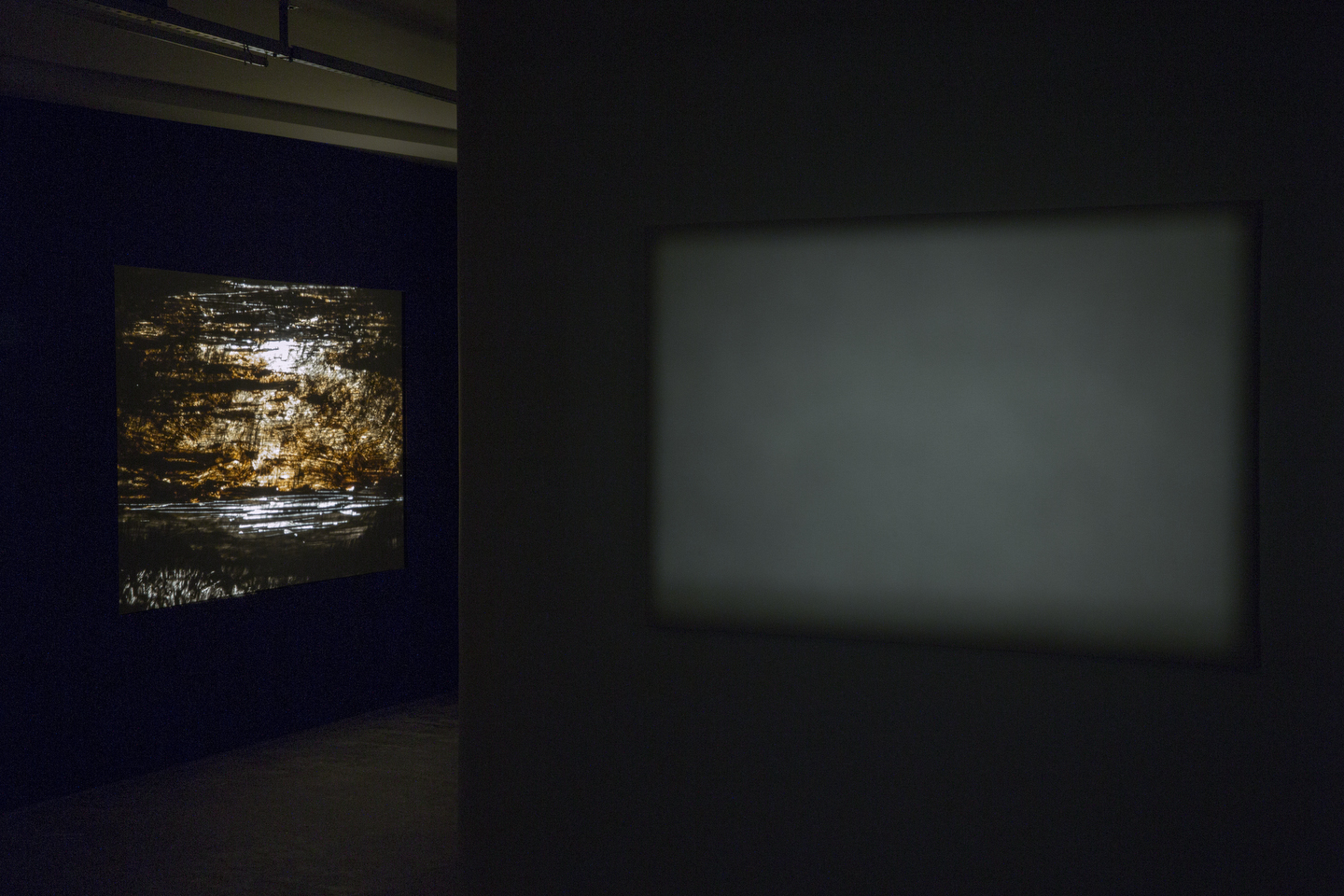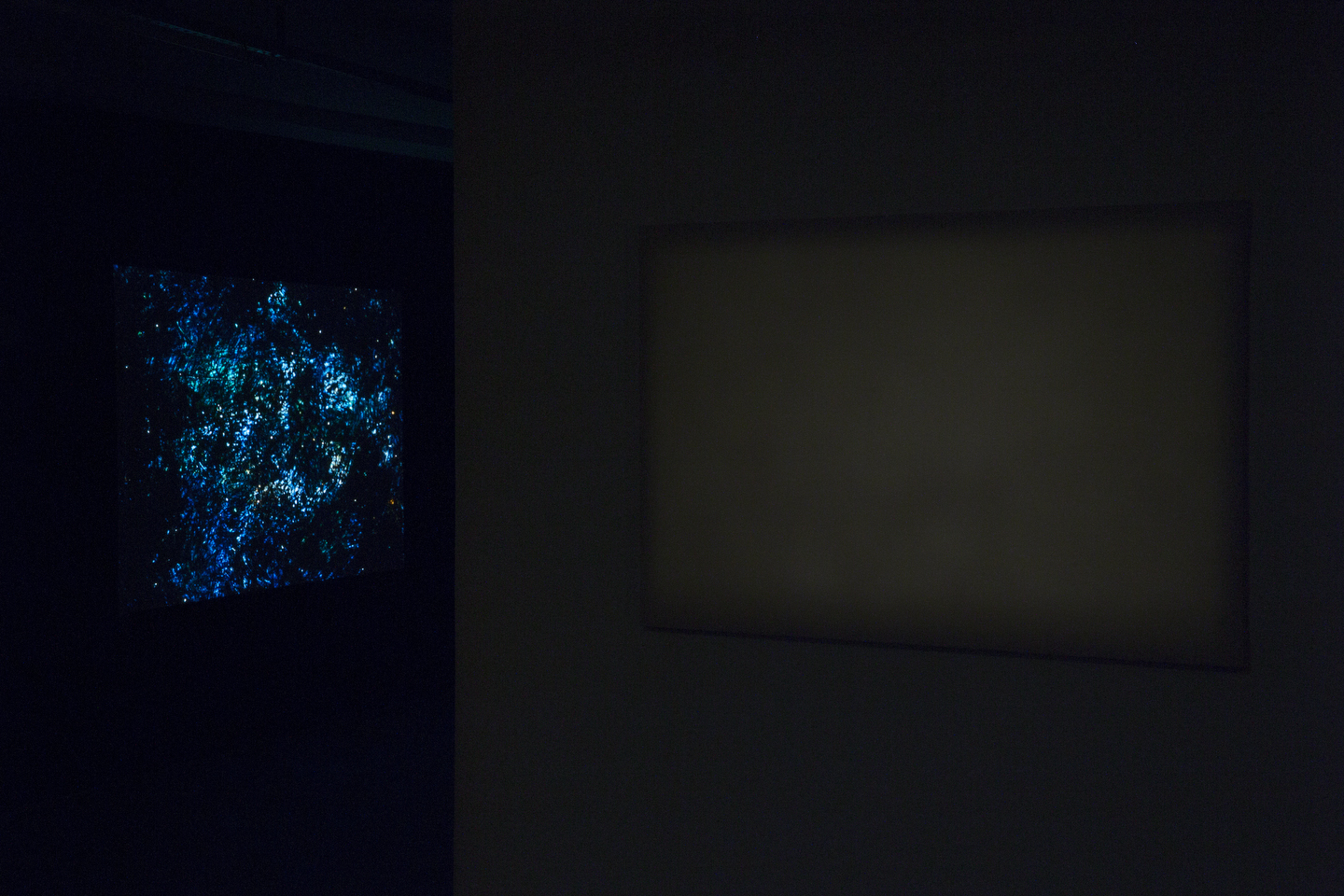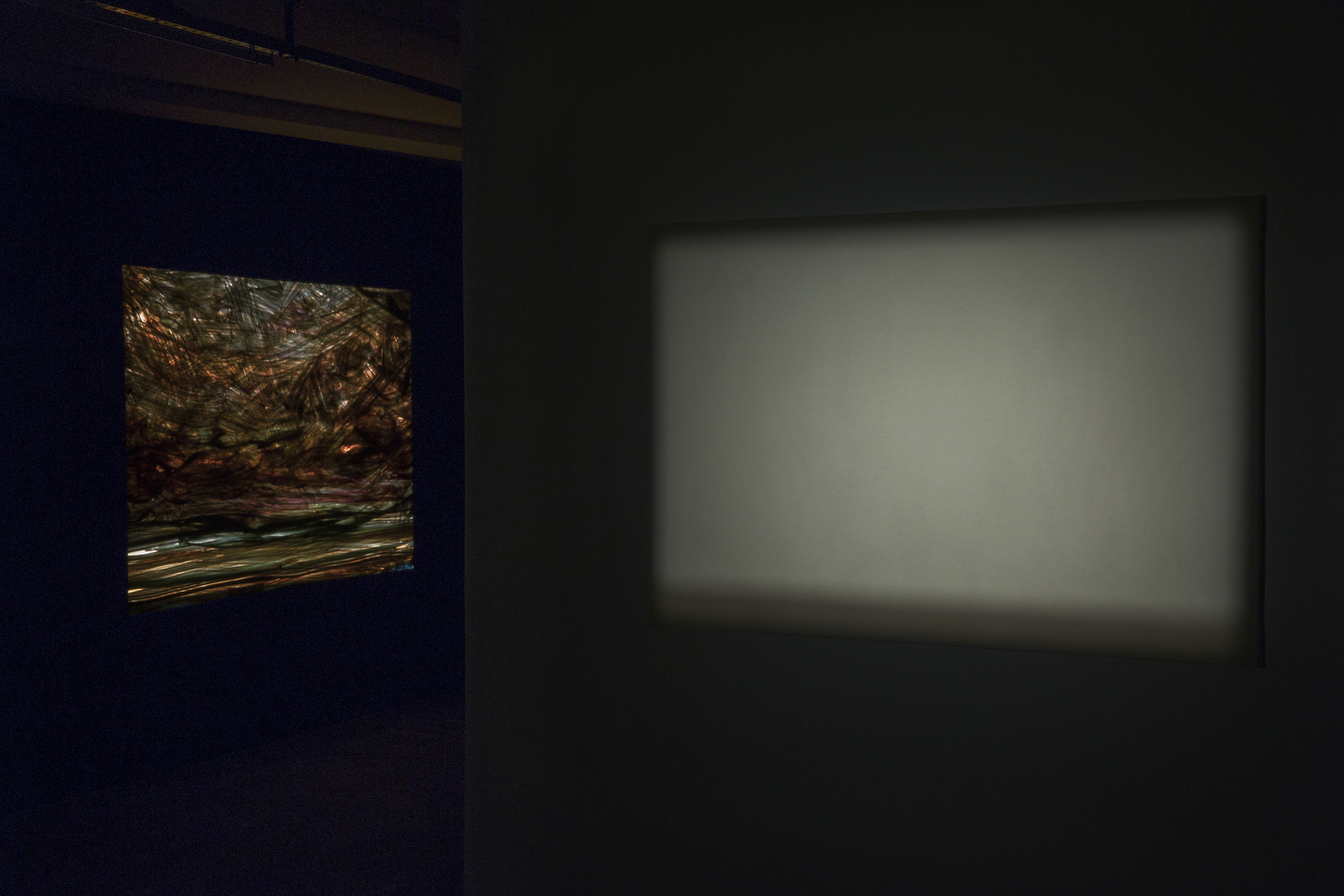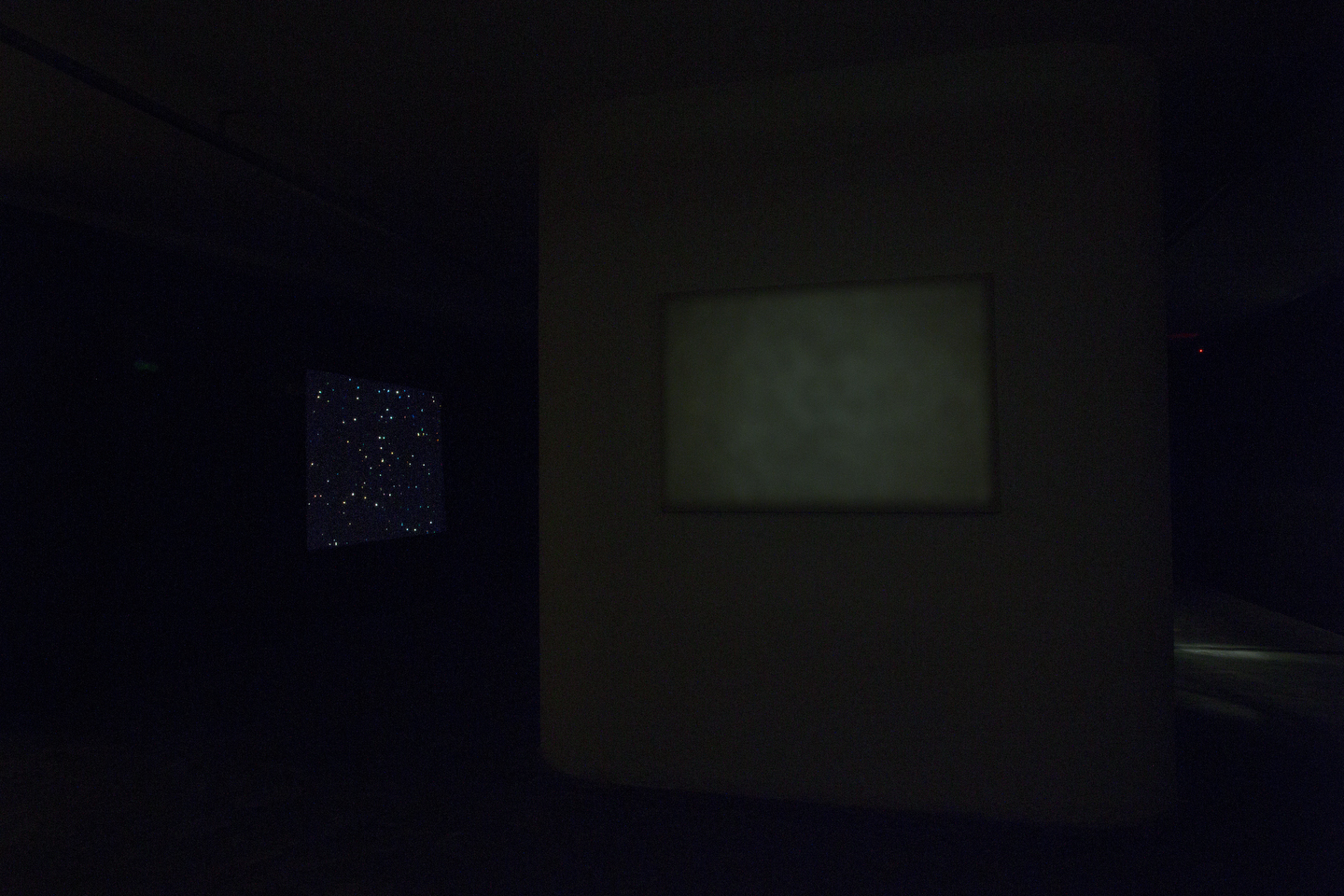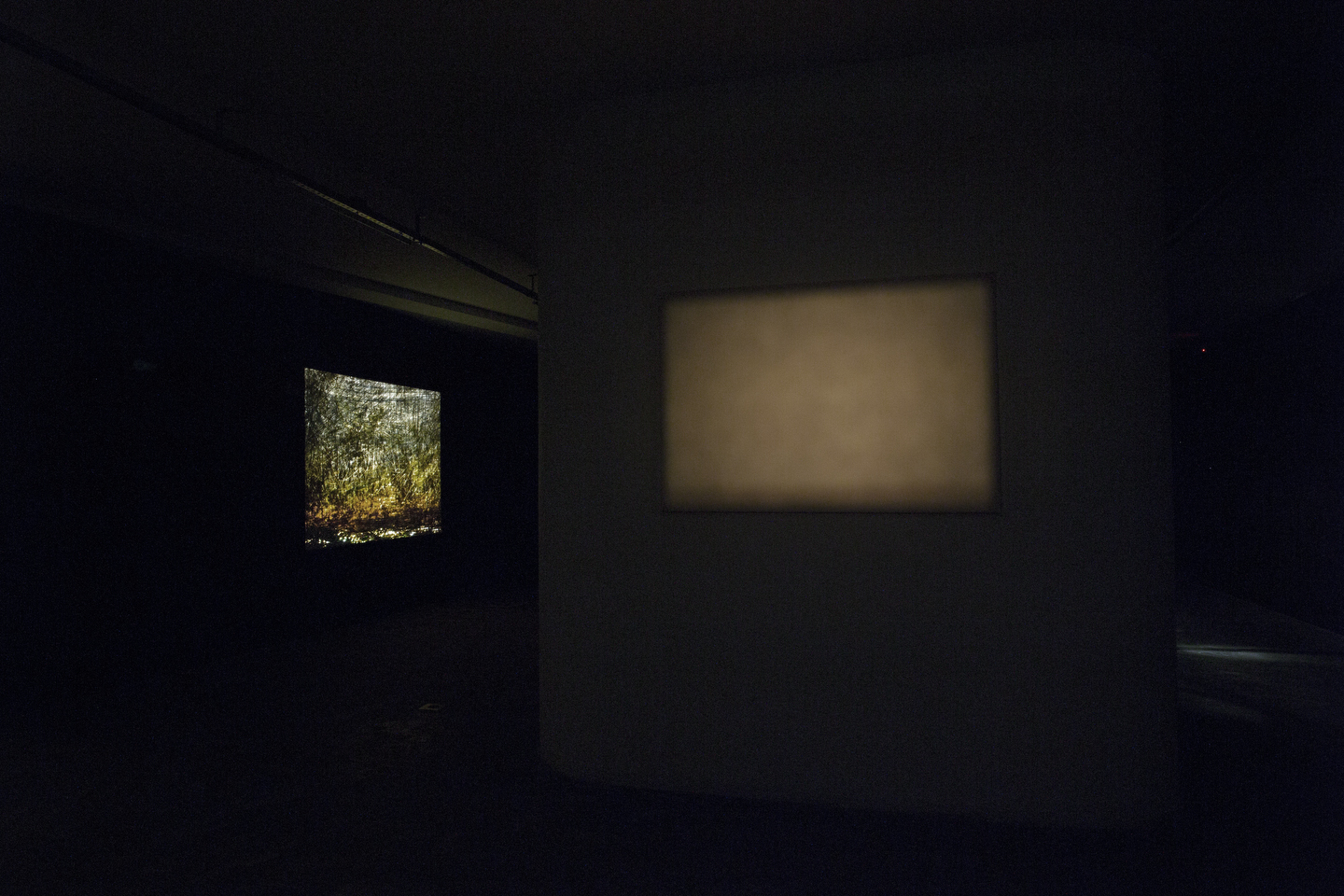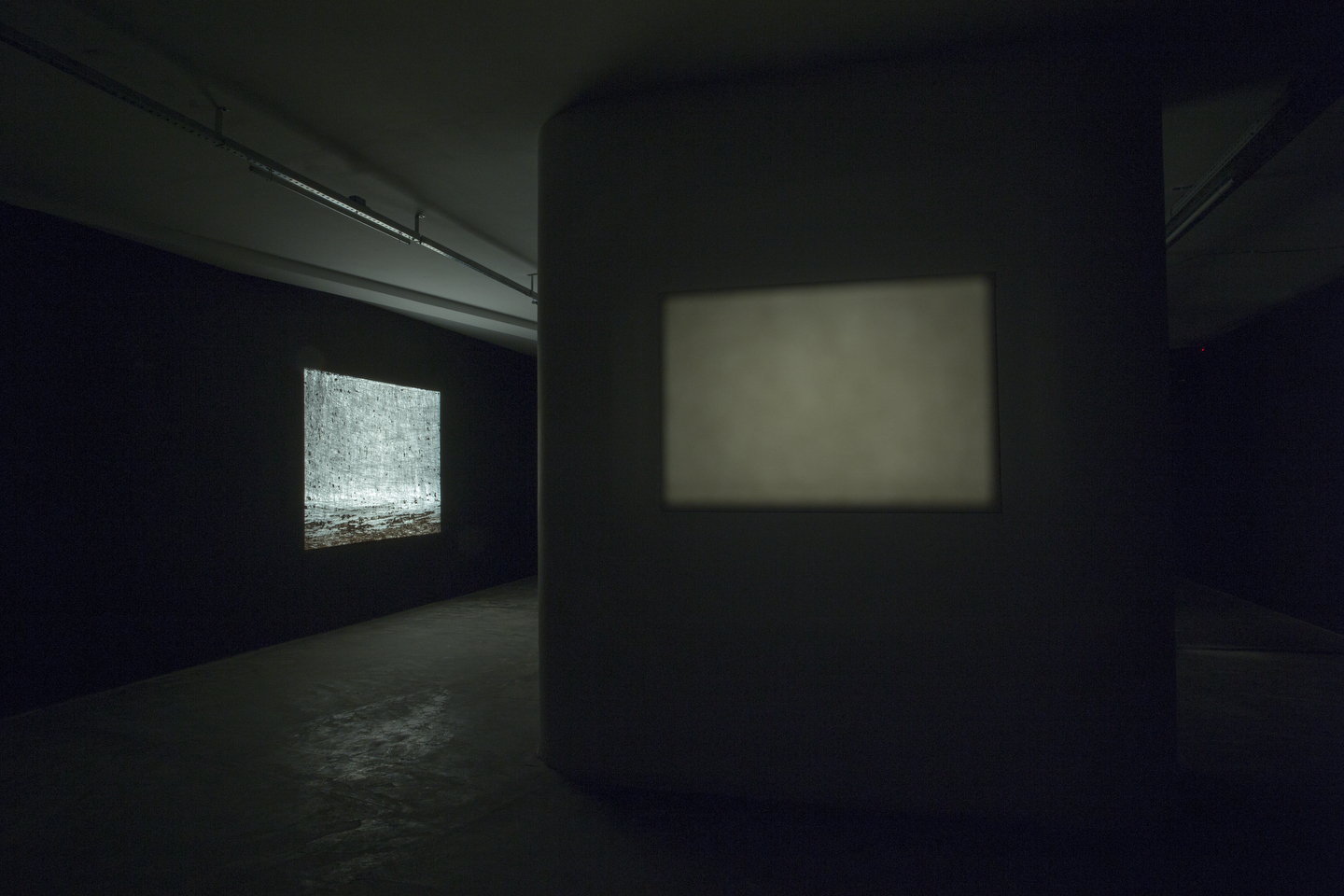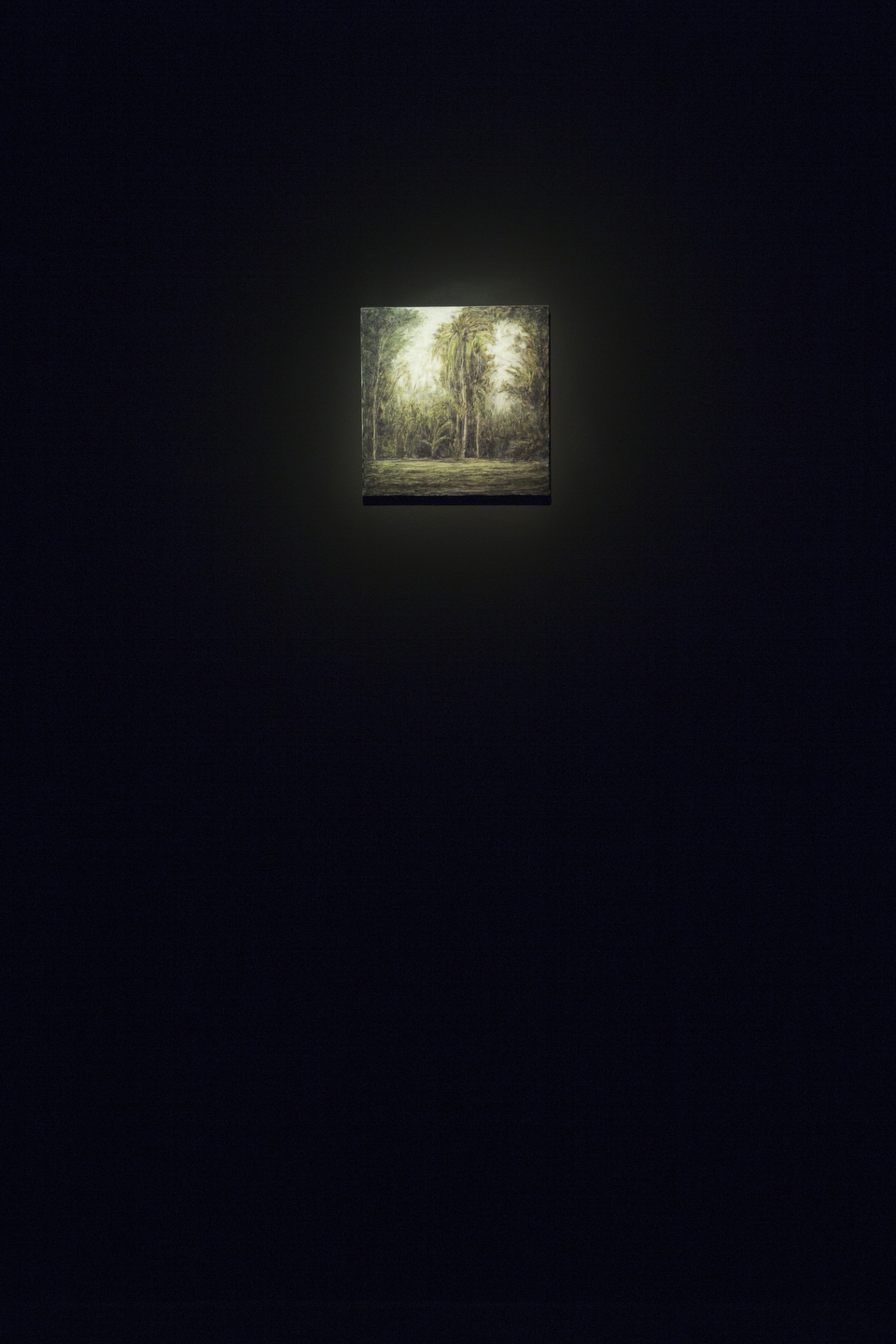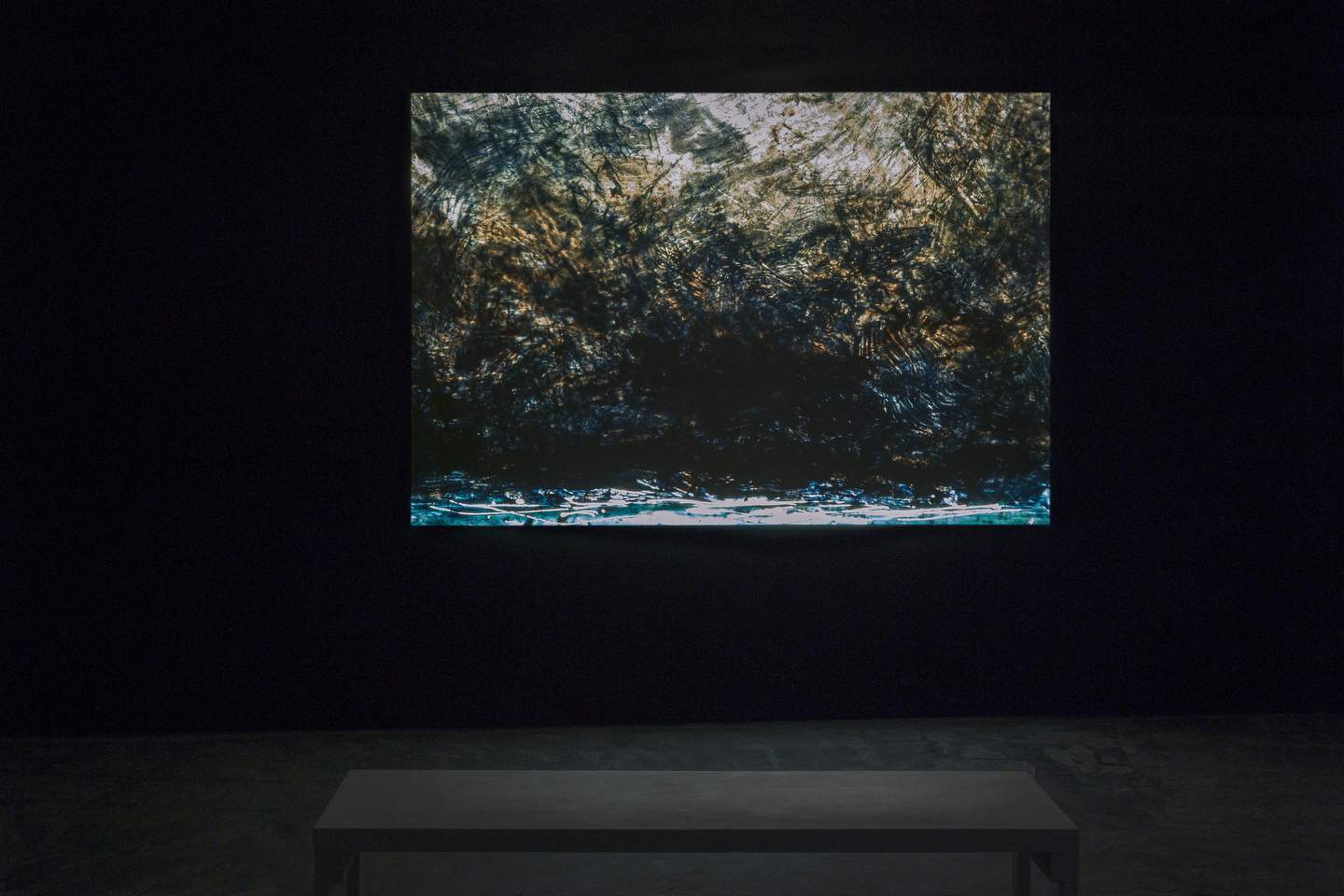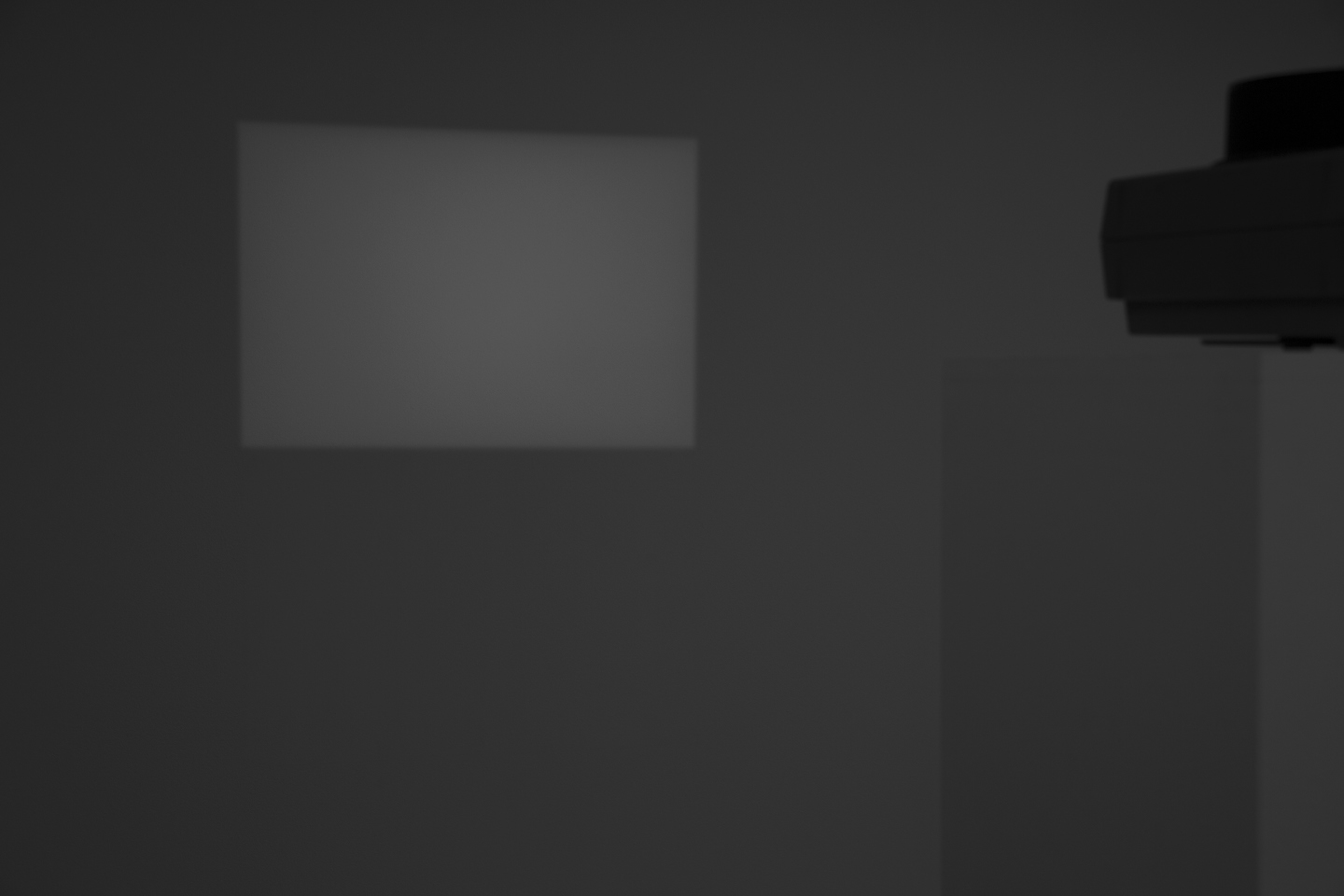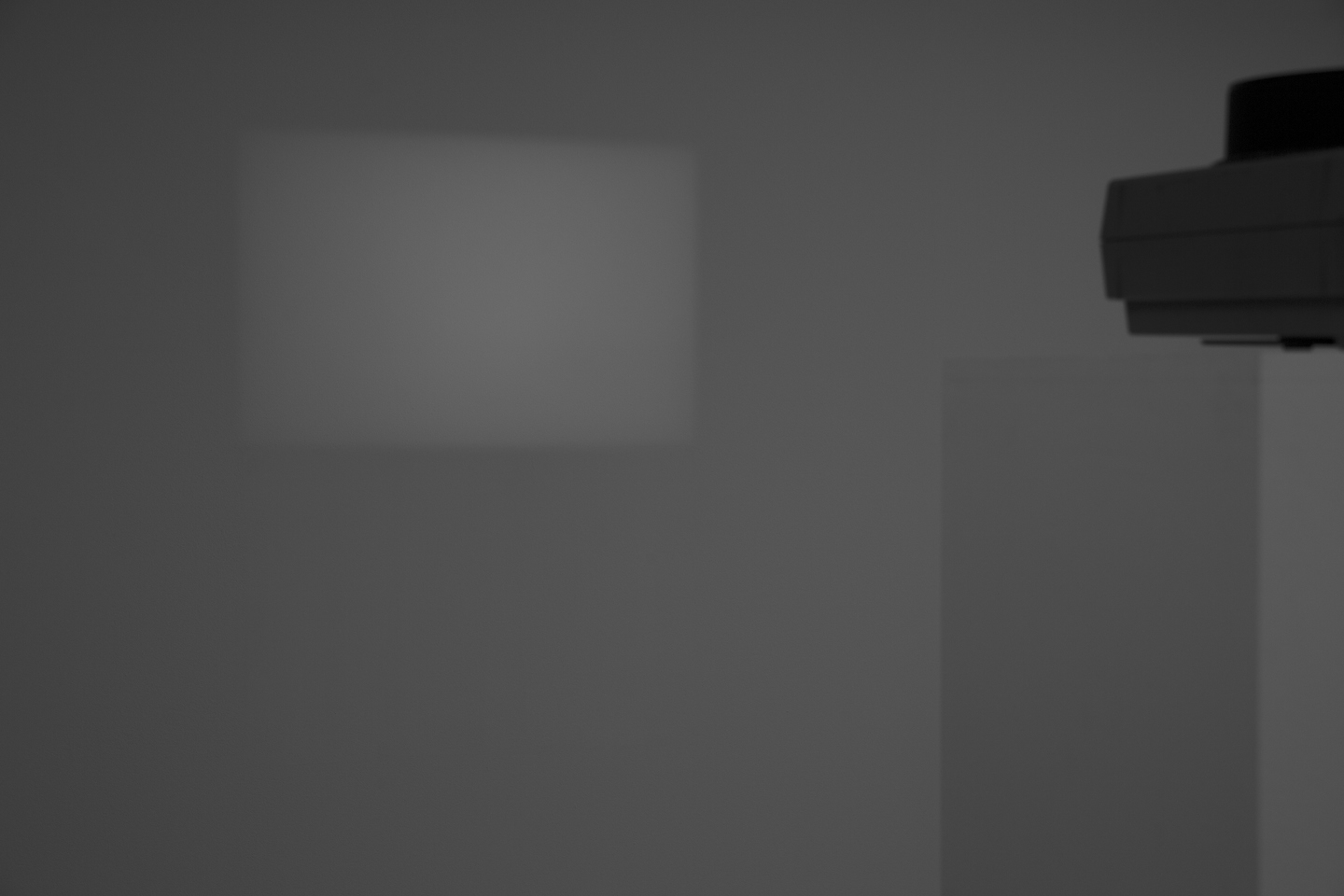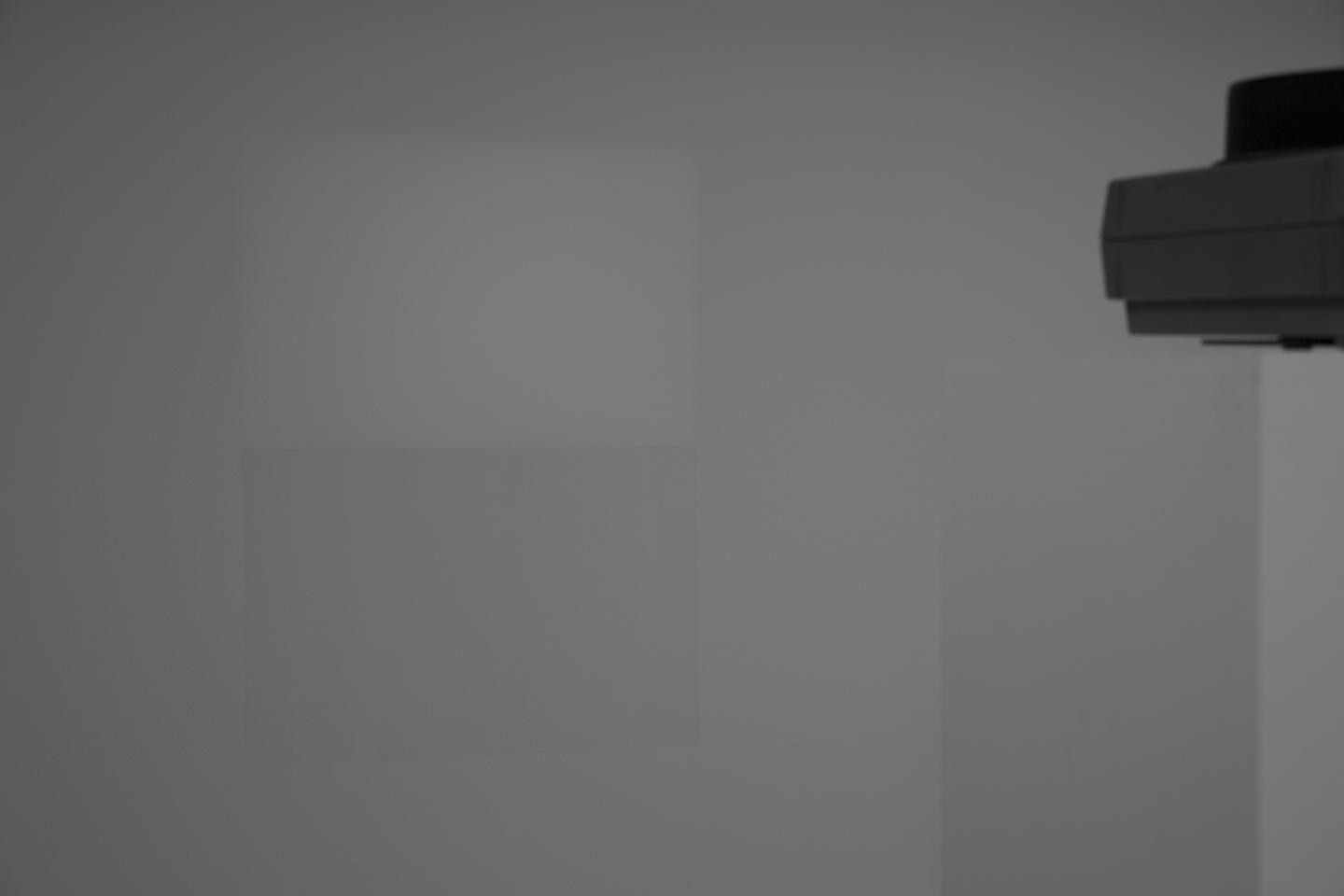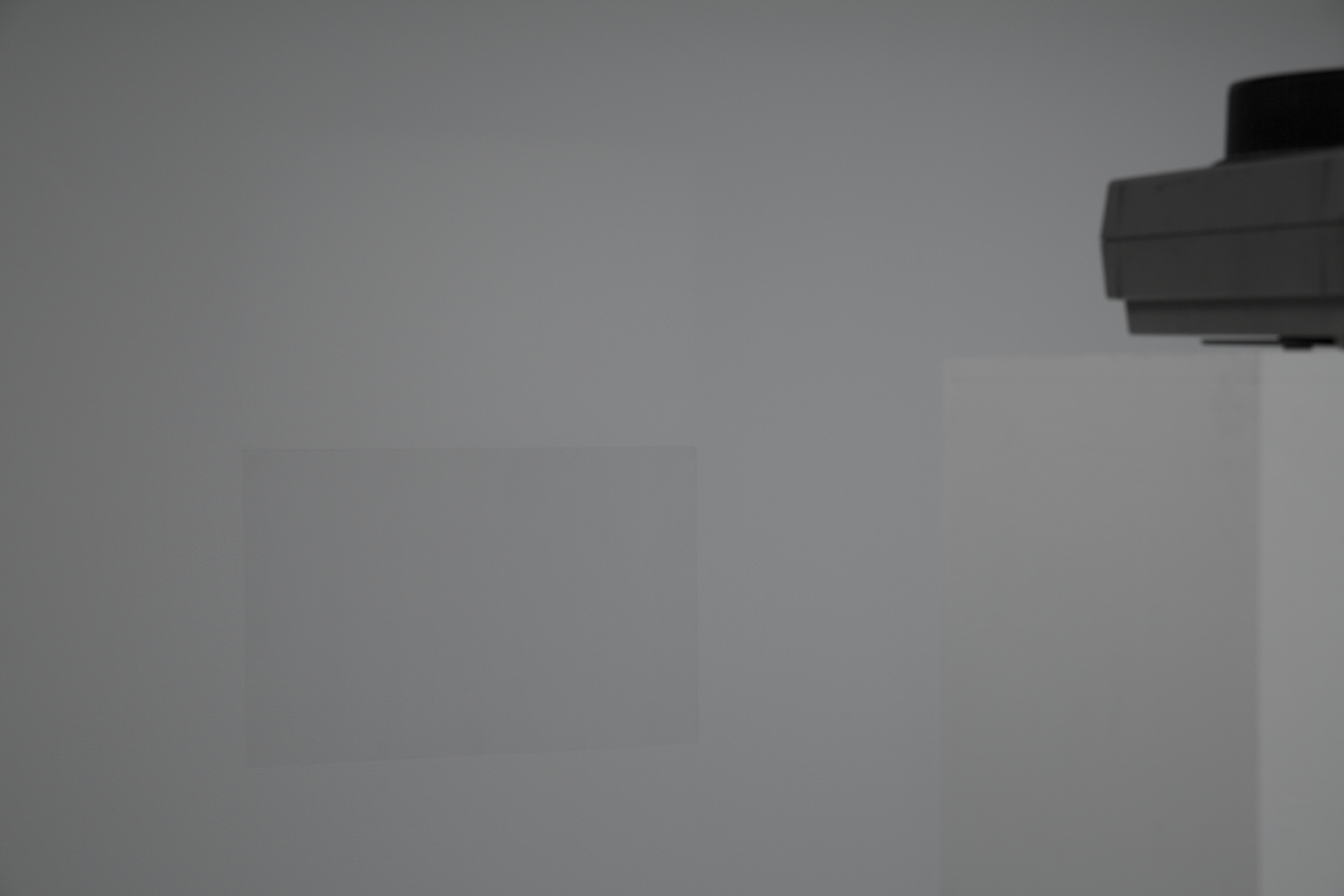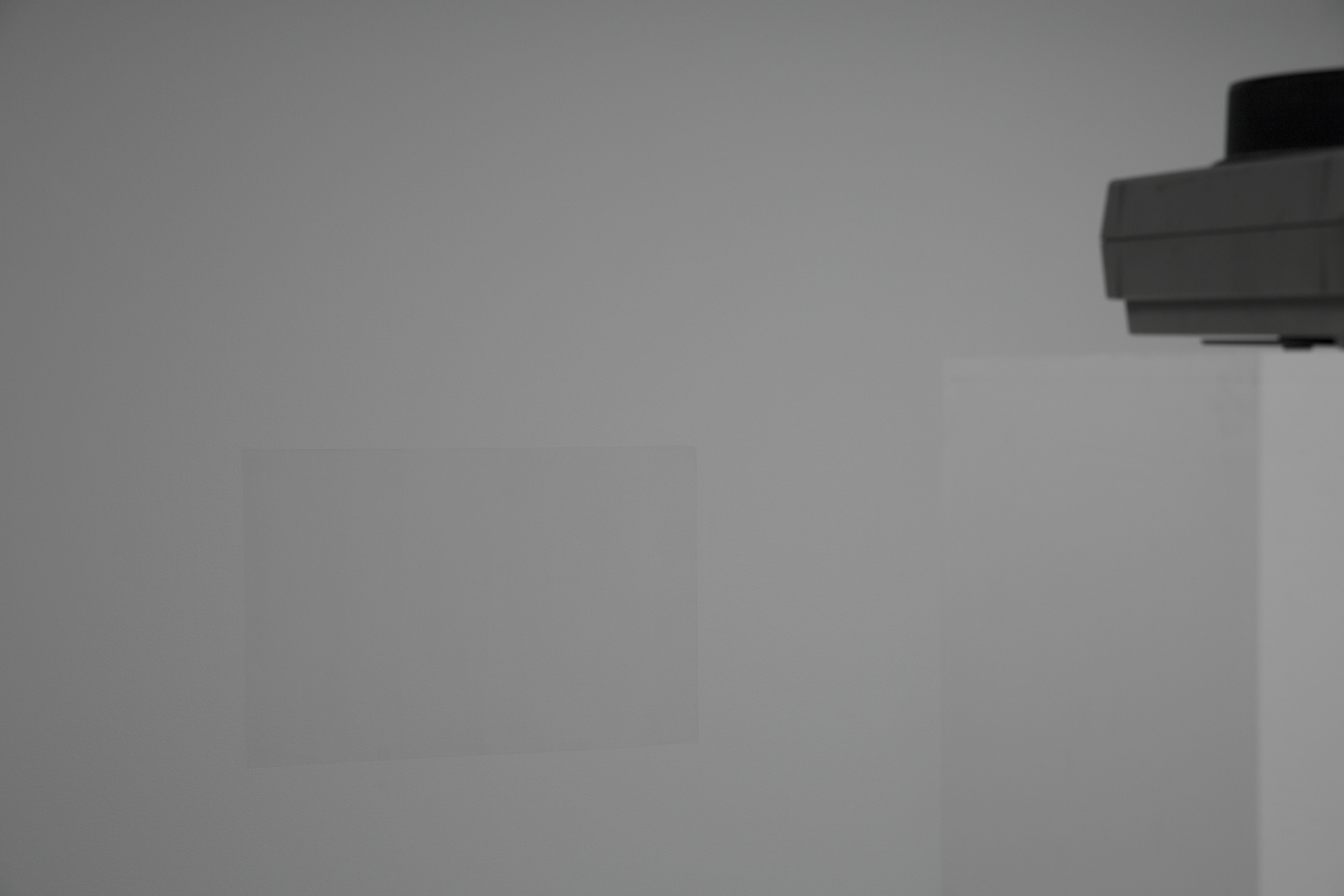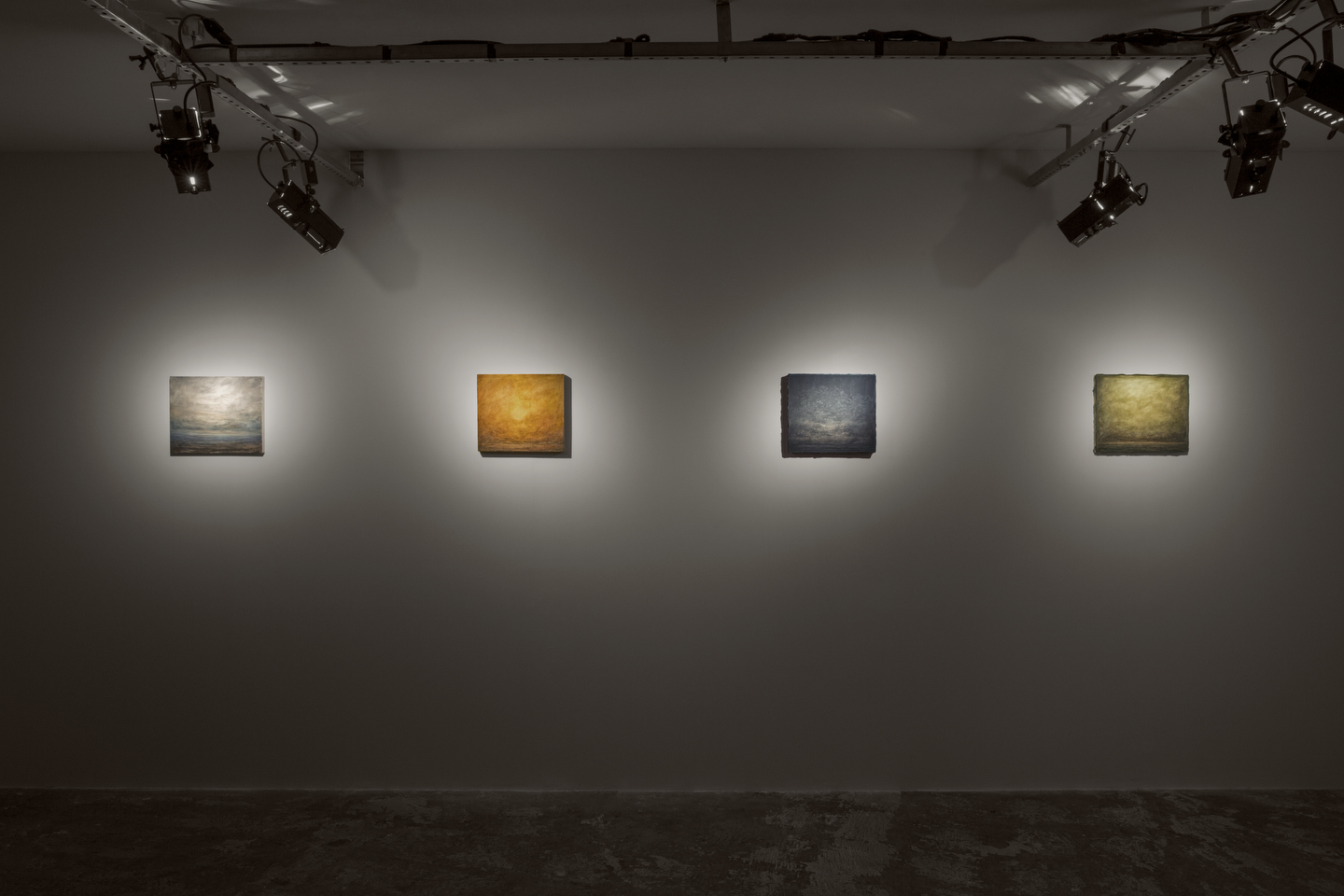
Pivô presents the exhibition ‘Deserto-Modelo’ by visual artist Lucas Arruda, as part of 2015 exhibition program. Arruda initially stands out for his paintings, for this exhibition however the artist will also present new studies and experimentations less disseminated. The exhibition includes oil paintings produced between 2014 and 2015 as well as new commissions of his light studies in paint and projection as well as a project where he paints directly into the surface of transparent 35mm slides later to be projected into a rhythmic sequence in the space. None of his works have titles, while all of his individual exhibitions are entitled ‘Deserto – Modelo’, without translations.
At Pivô’s context Arruda’s work achieves new dimensions and is directed into an installation process. His already known research on imagined horzions and the passage of time in nature is extrapolated into the environment, reacting to the architectural particularities of this exhibition space. By entering the enclosed room with a meticulously controlled lighting, the visitor is completely involved within the artist’s universe, where landscapes are points of departure for a deeper immersion into questions such as the notion of permanence, time’s relentlessness and the intensity of human emotions.
This exhibition is realized with support by Mendes Wood DM.
L U C A S A R R U D A
(São Paulo, 1983)
After studying Fine Arts at Faculdade Santa Marcelina in 2009 he started exhibiting publicly. All his solo exhibitions are entitled ‘Deserto-modelo’, recent shows include VeneKlasen Werner, Berlin, Germany, (2014), Mendes Wood DM, São Paulo, Brazil, (2014, 2012), Frederic Snitzer Miami, USA, (2012), III Mostra do Programa de Exposições, Centro Cultural São Paulo, Sao Paulo, Brazil , (2011), i-20 Gallery, New York, USA (2011) and 713 Arte Contemporáneo, Buenos Aires, Argentina (2010).

 Português
Português